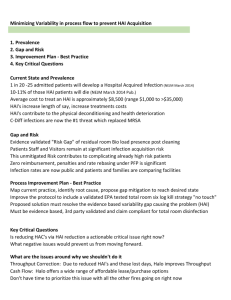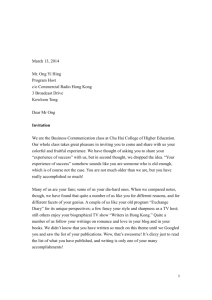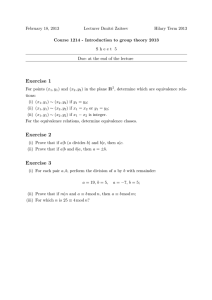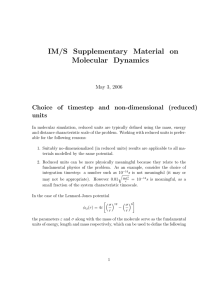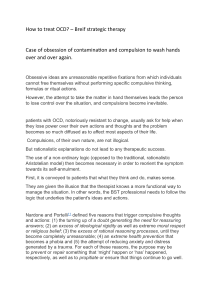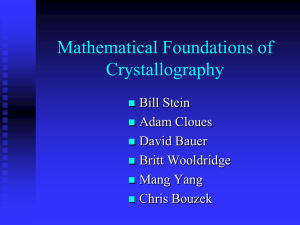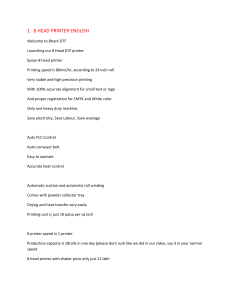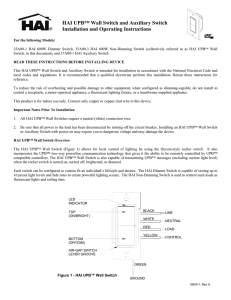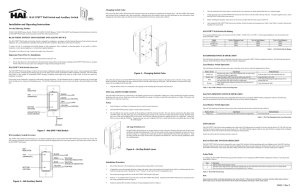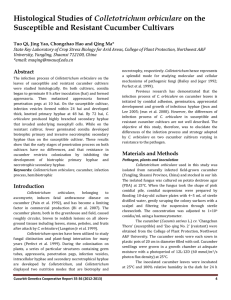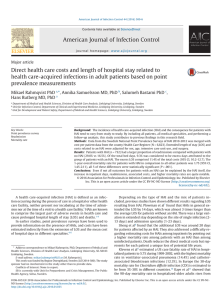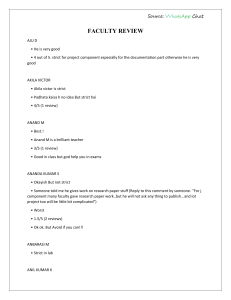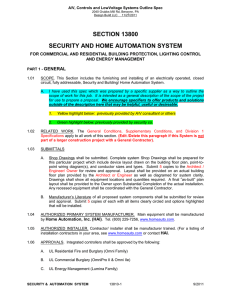Math 653 Homework #2 September 4, 2012 Due Thursday, September 13.
advertisement
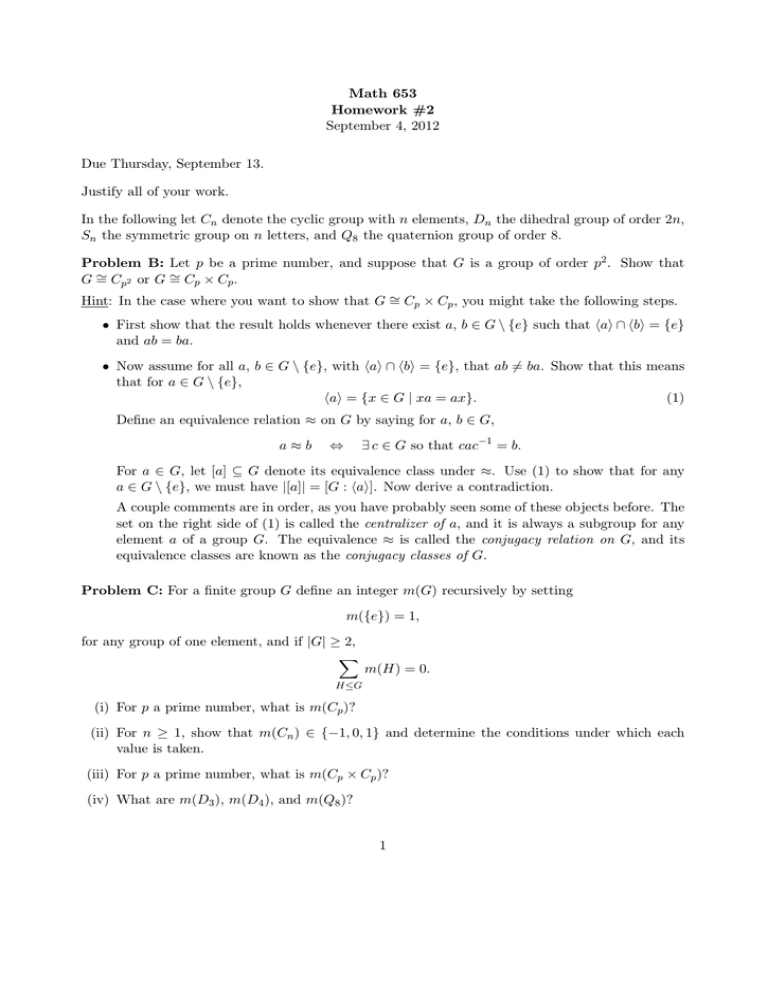
Math 653
Homework #2
September 4, 2012
Due Thursday, September 13.
Justify all of your work.
In the following let Cn denote the cyclic group with n elements, Dn the dihedral group of order 2n,
Sn the symmetric group on n letters, and Q8 the quaternion group of order 8.
Problem B: Let p be a prime number, and suppose that G is a group of order p2 . Show that
G∼
= Cp2 or G ∼
= Cp × Cp .
Hint: In the case where you want to show that G ∼
= Cp × Cp , you might take the following steps.
• First show that the result holds whenever there exist a, b ∈ G \ {e} such that hai ∩ hbi = {e}
and ab = ba.
• Now assume for all a, b ∈ G \ {e}, with hai ∩ hbi = {e}, that ab 6= ba. Show that this means
that for a ∈ G \ {e},
hai = {x ∈ G | xa = ax}.
(1)
Define an equivalence relation ≈ on G by saying for a, b ∈ G,
a≈b
∃ c ∈ G so that cac−1 = b.
⇔
For a ∈ G, let [a] ⊆ G denote its equivalence class under ≈. Use (1) to show that for any
a ∈ G \ {e}, we must have |[a]| = [G : hai]. Now derive a contradiction.
A couple comments are in order, as you have probably seen some of these objects before. The
set on the right side of (1) is called the centralizer of a, and it is always a subgroup for any
element a of a group G. The equivalence ≈ is called the conjugacy relation on G, and its
equivalence classes are known as the conjugacy classes of G.
Problem C: For a finite group G define an integer m(G) recursively by setting
m({e}) = 1,
for any group of one element, and if |G| ≥ 2,
X
m(H) = 0.
H≤G
(i) For p a prime number, what is m(Cp )?
(ii) For n ≥ 1, show that m(Cn ) ∈ {−1, 0, 1} and determine the conditions under which each
value is taken.
(iii) For p a prime number, what is m(Cp × Cp )?
(iv) What are m(D3 ), m(D4 ), and m(Q8 )?
1

